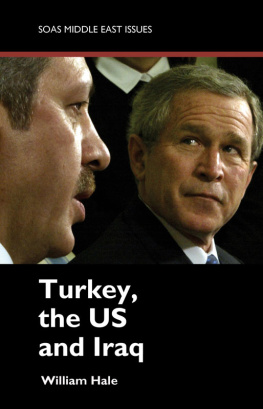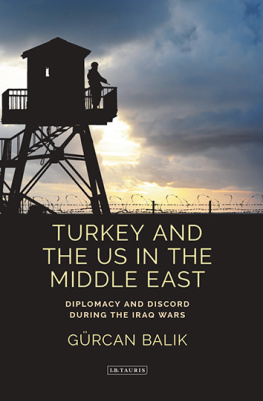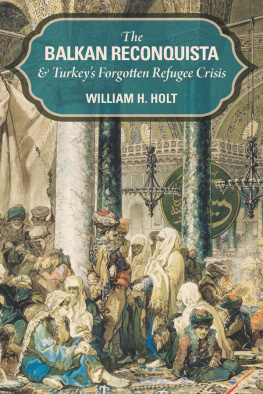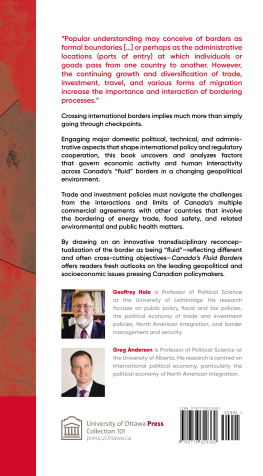A Note on Spelling
Since 1928, Turkish has been written in a version of the Latin script, and this has been used for spelling Turkish personal and place names. In the modern Turkish alphabet, the letters are pronounced roughly as in English, with the following exceptions:
a short a, as in French, or the English u in hut.
c j, as in jam.
ch, as in church.
normally silent: lengthens preceding vowel.
as in the first and last a in banana.
i as in bit: notice the upper case form .
as in German, or the French eu in leur.
sh, as in shut.
as in German, or the French u in tu.
Preface
The American-led invasion of Iraq in March 2003, and its long and tortuous aftermath, has already produced a spate of literature, and will doubtless go on producing more. This book does not seek to duplicate it. Instead, it concentrates on the role and policies of Turkey, as one of Iraqs most important neighbours, and Americas only formal ally in the region. To explain this, it starts the narrative in the early 1920s, when the Iraqi state was first established, and then examines the Turkish governments policies in the earlier Gulf crisis of 19901. The story was full of contradictions and surprises. In the First Gulf War, Turkey gave vital support to America, but in 2003 it strikingly failed to do so. On the second occasion, while America sought to project itself as the champion of democracy in the Middle East, Turkey, as the only Muslim country in the region with an acceptably democratic form of government, refused to support its strategy in Iraq. Effectively, the two parts of US policy failed to cohere. For the Turks, also, the American strategy presented some critical contradictions. On the one hand, Turkey had a vital alliance with America, stretching back to the early days of the cold war, and needed to sustain it. On the other hand, the Turkish government, since it was ultimately answerable to its own people, could not ignore their strong opposition to the invasion of Iraq. This produced serious tensions on the Turkish side, and unpredictable results. The outcome was ultimately less damaging than the likely alternatives, but this was as much the result of good luck as of good judgement on either side.
In writing this book, I have received vital help from a large number of friends and colleagues in Turkey and elsewhere. I am also deeply grateful to the School of Oriental and African Studies, at the University of London, which gave me generous research leave to allow me to complete it. To all of them, I must express my sincere thanks.
William Hale
Ankara, May 2006
ONE
Turkey and Iraq:
The Historical Background, 191880
Turkeys problems in its relations with Iraq, and their impact on its relationship with the leading world powers, go back to the territorial settlement in the Middle East which followed the First World War. Between 1534, when the armies of Sultan Suleyman the Magnificent captured Baghdad, and the defeat of Turkey at the end of the First World War in 1918, the territory of what is now Iraq was part of the Ottoman empire. It was administered as three provinces, based on Mosul in the north, Baghdad in the centre, and Basra in the south. Under the armistice of Mudros, signed by representatives of the defeated Ottoman government and Britain on 30 October 1918, the Turkish government accepted the British occupation of virtually all its former Arab provinces. Subsequently, the entente powers pushed forward an elaborate plan for the partition of the Ottoman Empire, including the territory of what is now the Republic of Turkey. This was formalized as the Treaty of Svres, which was signed by the government of the last Sultan Vahdettin (officially known as Mehmet VI) in August 1920.
The Svres treaty proposed, among other things, that a scheme for local autonomy for the Kurds of south-eastern Anatolia should be worked out, possibly leading to an independent Kurdish state bordering what is now northern Iraq.1 In the event, like the rest of the treaty, this proposal proved stillborn, since it was firmly rejected by the Turkish nationalist movement led by Mustafa Kemal, later Ataturk, who established a separate government in Ankara in April 1920. This de facto rebellion led to a war with the occupying entente forces, primarily Greece, ending in a decisive victory for the nationalist army in the autumn of 1922. Under the Treaty of Lausanne, signed in July 1923, the new Turkish state was recognized as independent and sovereign within virtually its present frontiers.2 Following the abolition of the Ottoman Sultanate in November 1922, Turkey became a republic in October 1923, with Mustafa Kemal as its President and Ankara its capital. Meanwhile, in April 1920 the San Remo conference gave the British a League of Nations Mandate for their rule in Iraq. After an armed revolt by Arab and Kurdish tribes during JuneOctober 1920, Britain established the Iraqi state in August 1921, under the nominal rule of its Hashemite ally, King Feisal I.3
Turkey, the Kurds and the Mosul Dispute: 19206
While the Lausanne treaty marked a decisive break with the Ottoman past, agreeing to the future shape of Iraq turned out to be the first serious diplomatic problem faced by the new Turkish republic. This dispute raised issues which are still important, and it thus needs some description. Like most of the subsequent story of relations between Iraq and Turkey, the most critical factor for both countries was that the majority of the population of northern Iraq and south-eastern Turkey was neither Turkish nor Arab, but Kurdish. (Northern Iraq also contains a minority of Turcomans, with ethnic links to the Turks, but this has not been a complicating factor in TurkishIraqi relations until very recently). In effect, both Turkey and Iraq acquired a Kurdish problem, in contiguous territories. In spite of the vague undertakings included in the Treaty of Svres, neither Turkey nor Britain accepted the idea of an independent Kurdish state. However, until 1926 Turkey persisted in its claim that the Mosul province should be part of its territory. This was strongly and successfully resisted by the British. Part of the Turkish case was legalistic, in the sense that the province had not been under British occupation at the time of the Mudros armistice, so that the Turks argued that they had never accepted its detachment from Turkey. More materially, at the start of their struggle against the entente, the Turkish nationalist leaders apparently expected that their future state would be a bi-national one, accepting both Turks and Kurds as distinct ethnic groups, and arguing that the Mosul province should thus be a legitimate part of it. This expectation was strengthened by the fact that the Kurds of Anatolia, as Muslims, generally supported the Turkish nationalists in their war against the Christian occupiers.
In January 1920 the last Ottoman Chamber of Deputies voted through the National Pact (Misak-i Milli) which then became the founding charter of the national resistance movement. This accepted the loss of those portions of the Ottoman state which are populated exclusively by an Arab majority and which were under occupation by the armies of the former entente at the time of the armistice of Mudros. By both definitions this apparently excluded Mosul, although this was not explicitly stated. Moreover, at no point did the pact refer to a specifically Turkish nation or even a Turkish state. Instead, it called for the independence and territorial integrity of those parts of the Ottoman Empire whether within or without the said armistice lines which are inhabited by an Ottoman Muslim [in effect, Turkish and Kurdish] majority.4 smet Pasha (later smet nn), the head of the Turkish delegation at Lausanne made this definition clearer when he claimed that there were no differences between the Turks and the Kurds, and that the Government of the Grand National Assembly [i.e. the Ankara government] is the Government of the Kurds just as much as the Government of the Turks.5 As a sign of this commitment, Mustafa Kemal and his colleagues considered ideas for the devolution of power to Kurdish-inhabited areas, to be included in the constitution of the new republic.6














